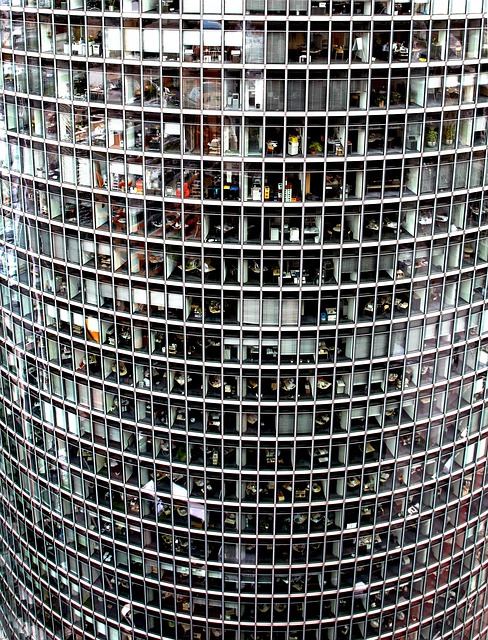New Bedford residents often turn to fence repair and installation to enhance property security and aesthetic appeal. This comprehensive guide delves into the essentials of New Bedford’s fencing landscape, offering insights on selecting the perfect style and material, from traditional wood to modern vinyl. We’ll walk you through the installation process step-by-step, highlight common repairs, provide maintenance tips, and navigate local regulations and permits, ensuring a smooth and compliant fence project.
- Understanding New Bedford Fence Requirements
- Choosing the Right Fence Style and Material
- Installation Process: Step-by-Step Guide
- Common Repairs and Maintenance Tips
- Local Regulations and Permits for Fencing
Understanding New Bedford Fence Requirements
Fences play a vital role in defining property boundaries and enhancing outdoor spaces in New Bedford. When considering repair or installation, understanding local regulations and building codes is essential to ensure compliance and avoid any legal issues. New Bedford has specific guidelines regarding fence construction, including height restrictions, materials, and setbacks from property lines and roads.
These requirements vary based on the type of fence, its purpose, and the location within the city. For instance, privacy fences require different considerations than decorative fences or those bordering public spaces. Property owners should research or consult with local authorities to familiarize themselves with these regulations, ensuring their projects meet all necessary criteria for a smooth and legal fence repair or installation process.
Choosing the Right Fence Style and Material
Choosing the right fence style and material is essential for any property owner looking to enhance their outdoor space. The first step is considering your needs and preferences—do you want a functional fence to keep pets secure, or a decorative one to boost curb appeal? Each style offers unique benefits; for instance, wooden fences exude warmth and charm but require regular maintenance, while vinyl options are low-maintenance but might lack the aesthetic appeal of wood.
Material choice should also align with your climate and budget. In coastal areas, corrosion-resistant materials like stainless steel or vinyl might be preferable. Similarly, regions with harsh winters may benefit from more durable materials that can withstand extreme conditions. Budget plays a significant role too; some materials, such as iron or stone, are premium options that promise longevity but come at a higher cost.
Installation Process: Step-by-Step Guide
When it comes to new Bedford fence repair and installation, understanding the process is key to ensuring a sturdy and secure barrier. Here’s a simple step-by-step guide to help you navigate this project:
1. Measure and Plan: Begin by measuring the area where your fence will be installed. Mark out the layout using stakes and string for a clear visual reference. Determine the type of fence best suited for your needs—wood, vinyl, or chain link each have unique installation methods. Gather all necessary materials, including posts, panels, brackets, and fasteners specific to your chosen fence type.
2. Prepare the Ground: Clear the ground of any debris, ensuring a level surface for optimal fence performance. Dig holes for the fence posts, making sure they are deep enough to provide stability against shifting soil conditions. Place concrete in the holes and allow it to set according to the manufacturer’s instructions. Once the concrete is cured, position your fence panels or boards securely onto the posts using brackets or nails, following the specific guidelines for your chosen material.
Common Repairs and Maintenance Tips
Fences take quite a beating over time from weather events, wildlife, and foot traffic. Common repairs include replacing rotted or damaged boards, repairing or reinforcing posts that have settled, and fixing broken hinges or latches. Regular maintenance such as tightening screws and bolts, repainting or staining, and sealing the fence can prevent future issues and prolong its lifespan. Keep an eye out for signs of wear and tear, addressing problems early to avoid more extensive (and costly) repairs down the line.
Local Regulations and Permits for Fencing
Before beginning any fence repair or installation project in New Bedford, it’s crucial to familiarize yourself with local regulations and permits. The city of New Bedford has specific guidelines regarding property improvements, including fencing. These rules are designed to maintain the aesthetic and safety standards of the community while ensuring that construction projects adhere to certain criteria.
Permits are typically required for any new fence installation or significant repairs. Contacting the local building department is the first step to understand what permits are needed and how to obtain them. Failure to comply with these regulations can result in project delays, fines, or even requirement to tear out and replace work that doesn’t meet code.
